Name Fritz Erler | Books Democracy in Germany | |
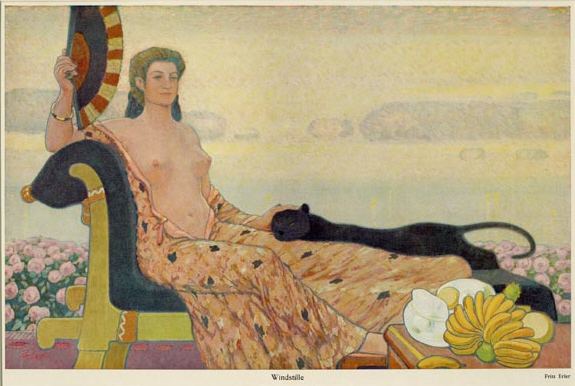 | ||
Died February 22, 1967, Pforzheim, Germany Party Social Democratic Party of Germany | ||
Can930 former deputy party leader of west german social democrats fritz erler state funeral
Fritz Erler (15 December 1868 – 11 December 1940) was a German painter, graphic designer and scenic designer. Although most talented as an interior designer, he is perhaps best remembered for several propaganda posters he produced during World War I.
Contents
- Can930 former deputy party leader of west german social democrats fritz erler state funeral
- Education and early career
- World War I and afterward
- References
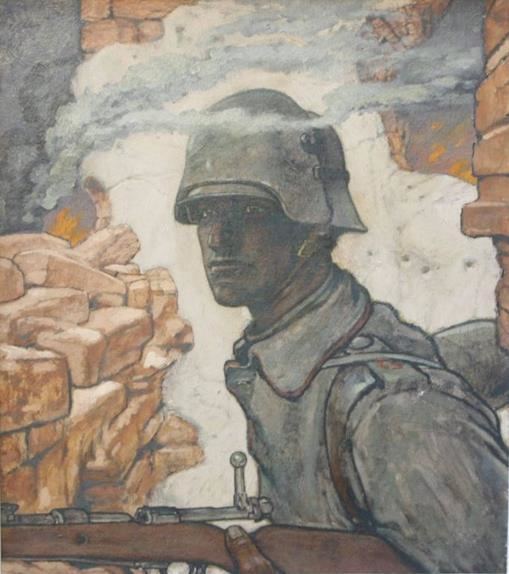
Education and early career
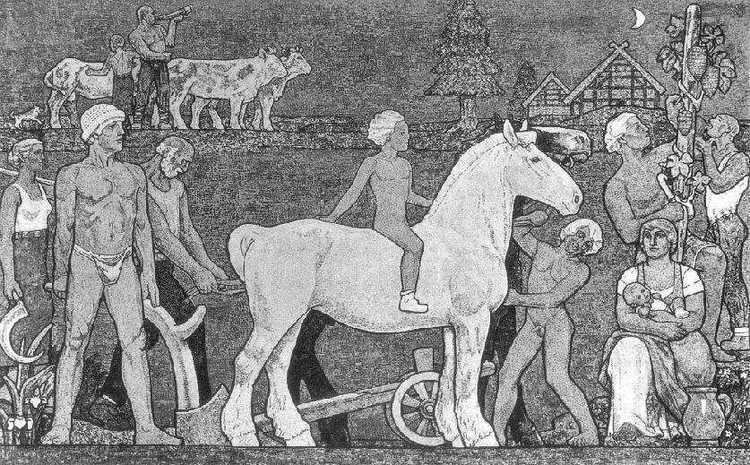
He was born in Frankenstein (Schlesien). Beginning in 1886 he studied under Albrecht Bräuer at the school of art in Breslau. He also attended the Académie Julian in Paris. In 1895 he moved to Munich and lived from 1918 in Holzhausen am Ammersee. His first designs date from 1893: vases, glass windows, book covers, later furniture, theatrical sets, and interior decorations. In 1896 he was a founding member of the magazine Jugend. He also painted several portraits around the start of the 20th century, most notably of Richard Strauss and Gerhart Hauptmann.
World War I and afterward
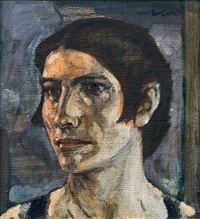
Along with Arthur Kampf Erler was one of the official military painters for the Oberste Heeresleitung. His paintings were commissioned as war propaganda.
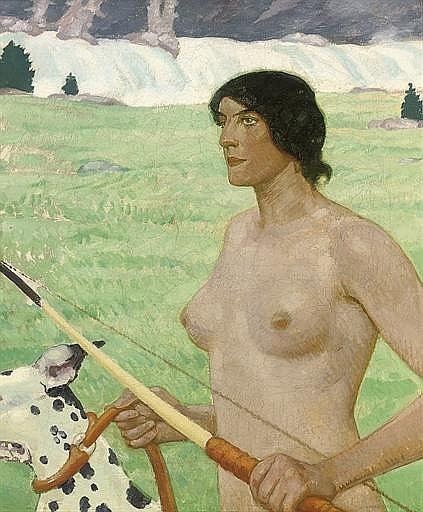
The promotional poster for the sixth war bond (sechste Kriegsanleihe) was adorned with his painting Helft uns siegen! (1917), perhaps Erler's best-known work. It brought in at least 13.1 million marks more than any other campaign. Its power of moral exhortation has been compared to James Montgomery Flagg's iconic poster of Uncle Sam, while the idea ultimately derives from the influential Lord Kitchener Wants You poster of 1914. A soldier, his face darkened from the muck of the trenches, gazes beyond the viewer into No Man's Land with eyes that shine as if from an inward light. This heroic image depicts the widespread contemporary belief that trench warfare would somehow be a morally cleansing experience.
During the National Socialist period Erler's portraits of Adolf Hitler, Franz von Epp, and Wilhelm Frick were very remunerative.
Erler died in Munich in 1940.
